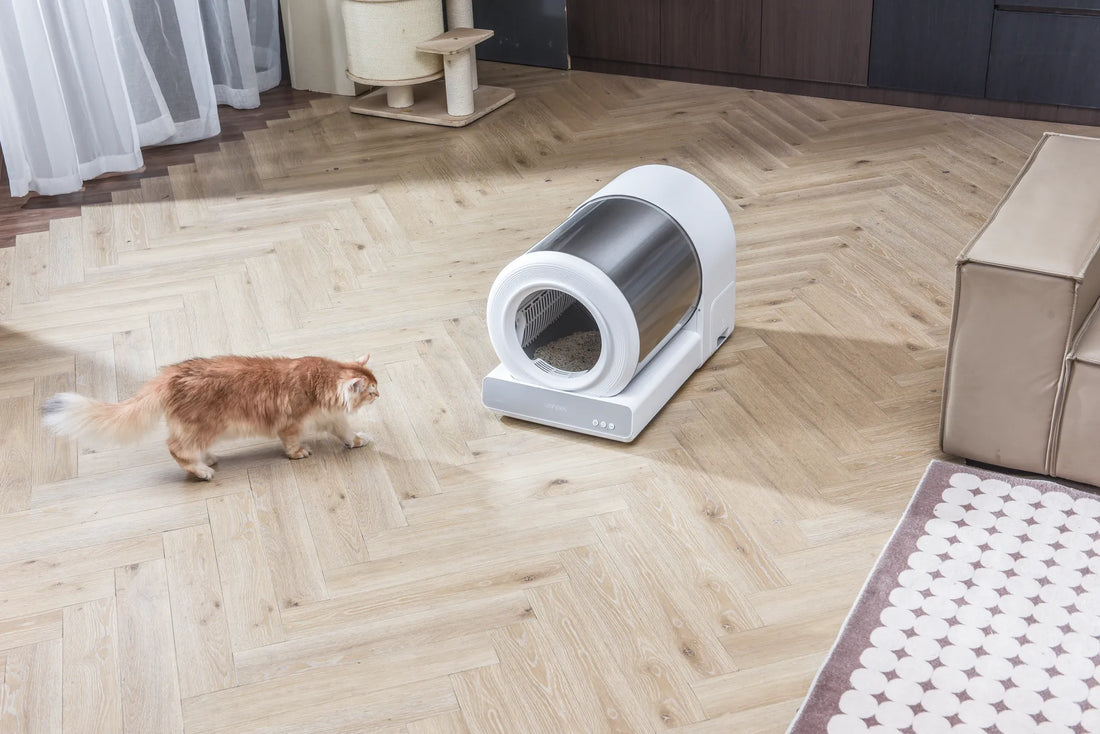Transitioning your cat to a covered litter box doesn't have to be a stressful experience for you or your furry companion. With patience, understanding, and the right techniques, you can make the switch seamless and even beneficial for your cat. Covered litter boxes offer advantages like odor control and privacy, but cats can be creatures of habit, so introducing change requires a thoughtful approach.
Understanding Your Cat's Preferences
Before making the transition, it's essential to understand why your cat might prefer an open litter box. Cats are naturally cautious animals, and an open box allows them to survey their surroundings while doing their business. A covered litter box, on the other hand, can feel confining or trap odors, which might make your cat hesitant to use it. Observing your cat's behavior and preferences will help you tailor the transition process to their needs.
Choosing the Right Covered Litter Box
Not all covered litter boxes are created equal. When selecting one, consider the size, ventilation, and ease of access. A box that's too small or poorly ventilated can deter your cat from using it. Look for a design that mimics the openness of their current box while providing the benefits of coverage. Additionally, ensure the entrance is wide enough for your cat to enter and exit comfortably.
Gradual Introduction is Key
Sudden changes can be unsettling for cats, so a gradual introduction is crucial. Start by placing the covered litter box next to the open one, allowing your cat to explore it at their own pace. You can even leave the cover off initially to make it less intimidating. Once your cat seems comfortable using the uncovered box, attach the cover and monitor their reaction. This step-by-step approach helps build positive associations with the new box.
Encouraging Use with Positive Reinforcement
Positive reinforcement can work wonders in encouraging your cat to use the covered litter box. Whenever your cat uses the new box, reward them with treats, praise, or playtime. This creates a positive connection and motivates them to repeat the behavior. Avoid scolding or forcing your cat, as this can lead to anxiety and resistance.
Maintaining Cleanliness and Comfort
Cats are fastidious creatures, and a dirty litter box can quickly become a deal-breaker. Regularly clean the covered litter box to keep it fresh and inviting. Use a litter that your cat is already familiar with, as sudden changes in texture or scent can be off-putting. Additionally, ensure the box is placed in a quiet, accessible location to provide a sense of security.
Addressing Potential Challenges
Some cats may take longer to adjust to a covered litter box, and that's okay. If your cat seems hesitant, try removing the cover temporarily or placing their old box nearby as a backup. You can also experiment with different styles of covered boxes to find one that suits your cat's preferences. Patience and persistence are key to overcoming any challenges.
Monitoring Your Cat's Health
During the transition, keep an eye on your cat's litter box habits. Changes in frequency, consistency, or behavior could indicate stress or health issues. If you notice anything unusual, consult your veterinarian to rule out underlying problems. A smooth transition ensures your cat's well-being and comfort.
By following these steps, you can successfully transition your cat to a covered litter box while minimizing stress and maximizing comfort. Remember, every cat is unique, so be flexible and adapt your approach to suit their needs. With time and patience, your feline friend will embrace their new litter box, and you'll both enjoy the benefits it brings.













